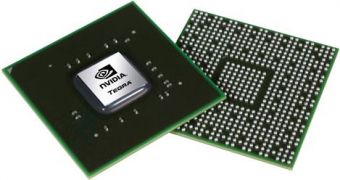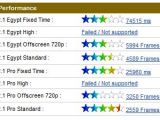Nvidia is getting ready for the launch of Kal-El in Q4 of this year, and already the first benchmarks of this chip have made their appearance on the Web to give us an idea about how will the SoC perform against its competition.
The benchmark results run on Asus Eee Pad Transformer 2 were posted on the GLBenchmark website, but were quickly erased afterwords to remove all traces regarding the performance of Kal-El.
Fortunately for us, Google was faster than the guy (or gal) who had the task of erasing the entry and managed to save the page in its cache, where they are still available for now.
Taking a look at the scores, reveals that even if Nvidia's system-on-a-chip device manages to hold its own against the competition, the results aren't as impressive as some of us would believe since they are comparable with those of Samsung's Galaxy S II smartphone.
According to a comparison done by Liliputing, the Transformer 2 manages to display 53 frames per second in the Egypt Offscreen 720p test compared to the 42fps of the Galaxy S II, but is surpassed in the Egypt Standard test where it achieves 41fps compared to the 59 frames per second of the S II.
The Transformer also wasn't able to complete some of the tests enclosed in the GLBenchmark suite.
Although definitely disappointing, these results should be taken with a grain a salt for now as these could be achieved using a pre-production Transformer 2 tablet using some sort of Kal-El engineering sample SoC.
Kal-El is the code name used by Nvidia for referring to its next-generation mobile system-on-a-chip and, just as we revealed yesterday, it packs four ARM Cortex A9 cores tuned for high-performance as well as a fifth “Companion” core, based on the same architecture, built for low power consumption.
Thanks to the inclusion of some special hardware and low-level software, Kal-El automatically switches between the four traditional cores and the Companion core, independently of the OS, in order to lower the power consumption of the devices using it.

 14 DAY TRIAL //
14 DAY TRIAL // 
